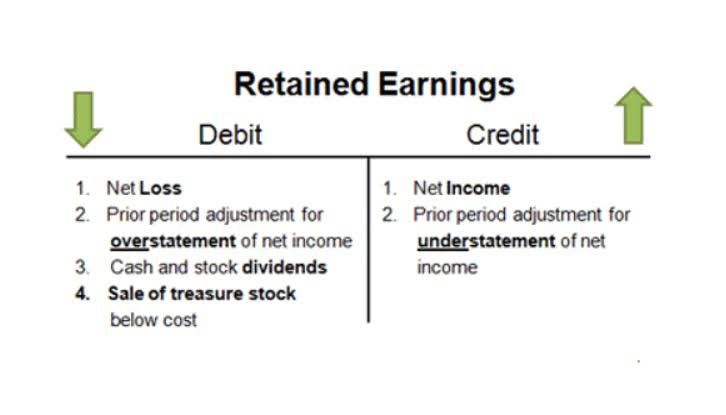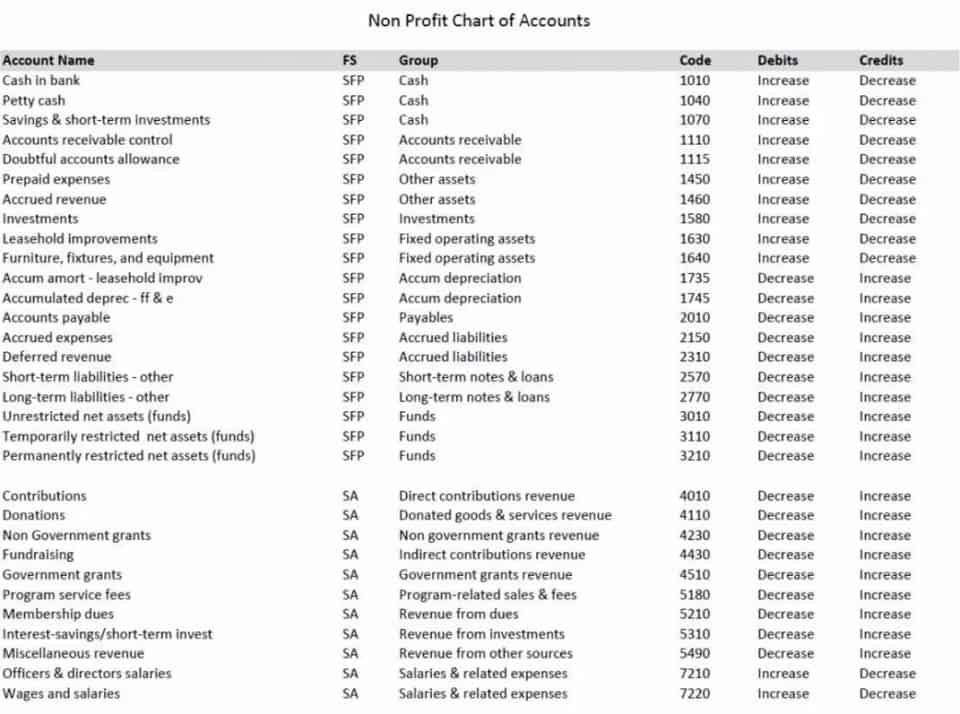Accounting for Retail Business Retail Inventory Basics

With a unified data platform and executive dashboards, you can add visibility, accountability, and transparency into your process. If you execute sales reconciliation after your statement date, don’t forget about any interest that has accrued. This is especially true as customers have increasingly more payment options and retailers offer buy now, pay later financing plans.
Retail Accounting Methods
Here, we’ll explore some common challenges and provide solutions to overcome them. All in all, the retail inventory method offers a user-friendly and cost-effective way to appraise inventory accurately. Its simplicity, along with the ability to reflect market conditions and minimize the impact of shrinkage, makes Restaurant Cash Flow Management it a valuable tool for businesses of all sizes.
Pay Bills On Time

Retail accounting focuses on selling finished products and understanding margins, markups, and inventory valuations suited to a retail environment. It, along with the DCM, are the only two methods accepted for tax reporting purposes and as Generally Accepted Accounting Practices by the American Institute of CPAs. The RIM recognizes the diminution in value of inventory due to markdowns and thereby generates the most conservative value. It is the most economical method of determining the accumulated cost at fair market value and retail price of inventory. The cost of developing and maintaining computer software is less than the DCM. Receiving merchandise and marking it for sale is faster, simpler, more accurate and, therefore, less expensive.
- If you use a flat markup rate across all products, then you can calculate your ending inventory cost without counting it.
- To create a common-size income statement, the owner simply divides all line items by the current period’s total sales.
- That means that unlike LIFO and FIFO, this method isn’t concerned with when the items were purchased.
- This method depends on the correlation between the retail price of the merchandise and its cost price to calculate the ending inventory at a certain period.
- You can find it by running reports in your accounting or POS system, like through Lightspeed’s sales reporting.
- As AccountingCoach explains in the above example, the cost of goods available of $80,000 is divided by the retail amount of goods available ($100,000).
Post navigation
The cash flow statement tracks the real movement of money in and out of your business. Your balance sheet lists what you own (assets), what you owe (liabilities), and what’s left over (owner’s equity) at a given point in time. This method often results in a lower reported cost QuickBooks of goods sold in times of rising prices, potentially reflecting higher net income on your financial statements.
Retail Inventory Method: A How-To Guide
Once your internal ledger and external statements are in agreement, the reconciliation process is done! Be sure to add any notes to save what changes were made so that you can refer back to them during your next sales reconciliation process. You may not want to admit it, but it’s always a possibility that your own employees can commit fraud or theft from your business. With the point of sale reconciliation process, you can easily identify unauthorised or unwanted transactions with all the proof you need right in front of you.

This is straightforward when managing a few products, but it becomes more complex with hundreds of items. Unlike retail accounting, which estimates the value of closing inventory based on consistent sales margins, cost accounting values inventory using the historical cost of each item. The specific identification is another inventory costing method that tracks the cost of each item you have in stock by assigning a different price to each item, usually with SKUs. This method helps businesses keep track of every item in their inventory without grouping them.

Calculate cost of goods available for sale
Retailers across various industries, such as clothing stores, supermarkets, and department stores, commonly retail store accounting methods use this method. Businesses with diverse inventory and frequent price changes often find this method beneficial for estimating inventory values efficiently. It is a versatile approach employed by both large and small retail establishments to streamline inventory management. Here are common challenges you might face when implementing inventory costing methods.
Example of the weighted average method
The cash flow statement is similar to the income statement in that it tracks the money that comes in and out of your business. However, the cash flow statement is more specific about when these transactions occur. For example, in your income statement, you might have listed an invoice in your sales, but your client might have 30 days to pay the invoice. Keeping accurate records of your cash flow with this financial statement is crucial to keeping your company afloat. Regardless of the method you choose for determining the cost of goods sold and for counting inventory, it’s vital to keep accurate records and to stay on top of evaluating your inventory and calculating costs. Doing so can save you time at the end of the year when you’re preparing tax statements, and it helps you keep track of your revenue and profits.
Inventory Turnover
Prior to the early part of the last century, when Professor McNair at NYU developed the Retail Inventory Method (RIM), the only method of evaluating the cost of inventory on hand was the Direct Cost Method (DCM). The DCM involved marking the actual invoice cost of each item in code on the item price tag. The laborious task of taking inventory involved recording the coded cost of each item and then manually transcribing it into dollars and cents in the office. The switch from RIM to cost accounting may whipsaw year-over-year comparisons that can temporarily skew financial reports. By 1970 it was prevalent, and it remains in use despite the advent of digital technologies that provide speed, precision and granularity. Along with Dillard’s, Target, Walmart, Kohl’s, J.C. Penney and Dollar Tree are among retailers that still employ the retail inventory method, according to their most recent annual reports.